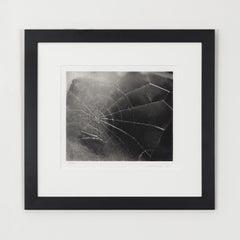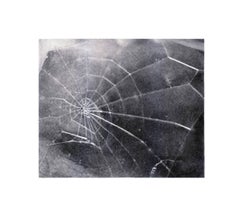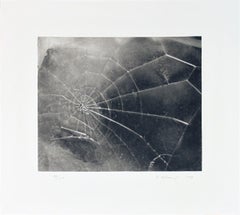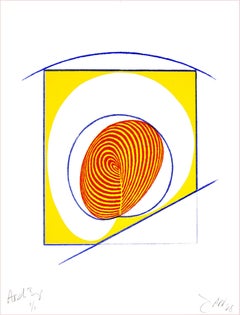Vija Celmins Art
Visual artist Vija Celmins is renowned for her extraordinarily detailed Photorealist paintings, prints and drawings of natural phenomena, from the surface of the sea to spiderwebs.
After immigrating to the United States from Latvia with her family in the late 1940s, Celmins found herself drawn to images in American comic books. Their word balloons and narrative captions proved important to the development of her English language skills, and the books' images would also leave a lasting impression as Celmins took to drawing at a young age.
As a budding artist, Celmins studied the fine arts at the John Herron School of Art in Indiana, Yale University and UCLA, where she began drawing everyday objects found around her studio — much like the Pop artists of the era — such as a lamp and a heater as well as photographs from World War II, which haunted her early memories. She visited New York City as a student to see the works of Abstract Expressionists such as Jackson Pollock and Willem de Kooning.
Over time, Celmins developed a fascination with science and, in particular, scientific images, leading to her painting her famous natural subjects, from the night sky to the desert floor. One global event that particularly captivated her was the Apollo 11 moon landing in 1969, which provided the world with photographs of our celestial neighbor. She began drawing the surface of the moon from those images.
“The images are not from observations of nature but are ‘found images’ from old magazines, books and photos,” said Celmins. “Thus they are already flattened and a step removed from nature. My work lies between intimacy and distance.”
Celmins’s first retrospective was held at the Institute of Contemporary Art in Philadelphia in 1962. She has since been the subject of solo exhibitions at the Metropolitan Museum of Art in New York, the Centre Pompidou in Paris and the Menil Collection in Houston. Today, she lives and works in New York.
Find original Vija Celmins art on 1stDibs.
Early 2000s Photorealist Vija Celmins Art
Paper, Screen
Early 2000s Vija Celmins Art
Screen
Early 2000s Photorealist Vija Celmins Art
Screen
Early 2000s Contemporary Vija Celmins Art
Screen
1970s Contemporary Vija Celmins Art
Color, Lithograph
Early 2000s Contemporary Vija Celmins Art
Screen
2010s Contemporary Vija Celmins Art
Lithograph
Early 2000s Photorealist Vija Celmins Art
Screen
Early 2000s Contemporary Vija Celmins Art
Lithograph
1980s Contemporary Vija Celmins Art
Screen
2010s Contemporary Vija Celmins Art
Paper, Screen
2010s Contemporary Vija Celmins Art
Lithograph
1980s Contemporary Vija Celmins Art
Acrylic, Pencil, Graphite, Screen, Mixed Media
1970s Pop Art Vija Celmins Art
Screen
21st Century and Contemporary Contemporary Vija Celmins Art
Screen
1980s Contemporary Vija Celmins Art
Lithograph
2010s Contemporary Vija Celmins Art
Lithograph
Early 2000s Contemporary Vija Celmins Art
Lithograph
Early 2000s Contemporary Vija Celmins Art
Screen
Early 2000s Contemporary Vija Celmins Art
Screen
1990s Vija Celmins Art
Woodcut
1980s Realist Vija Celmins Art
Drypoint
Early 2000s Contemporary Vija Celmins Art
Screen
21st Century and Contemporary Abstract Geometric Vija Celmins Art
1980s Vija Celmins Art
Paper
1990s Contemporary Vija Celmins Art
Mezzotint
Early 2000s Photorealist Vija Celmins Art
Screen
1970s Contemporary Vija Celmins Art
Lithograph
Vija Celmins Art
Mezzotint








